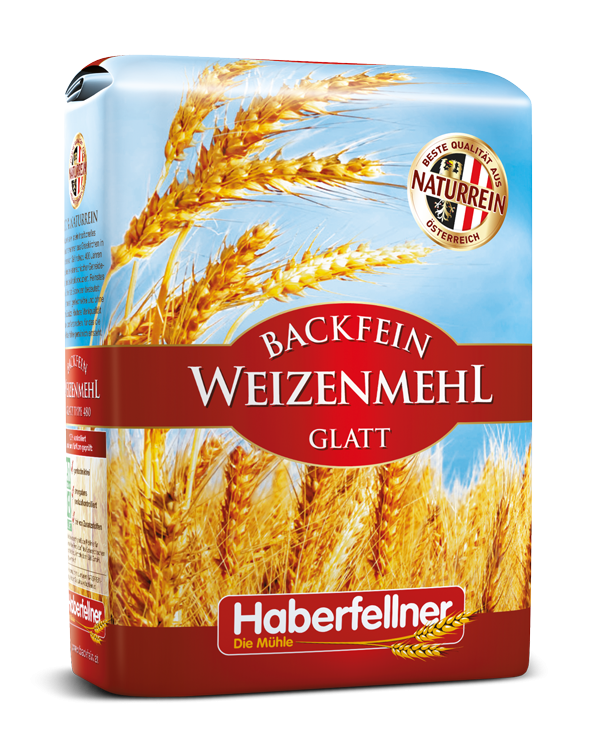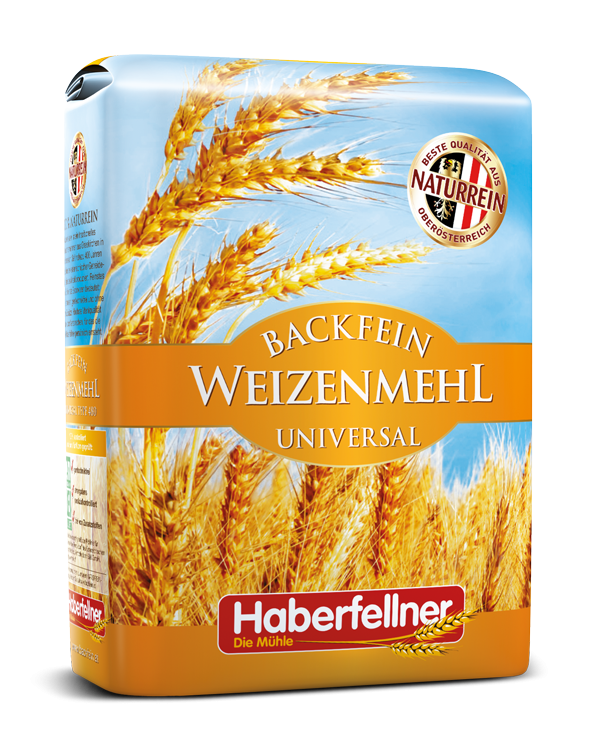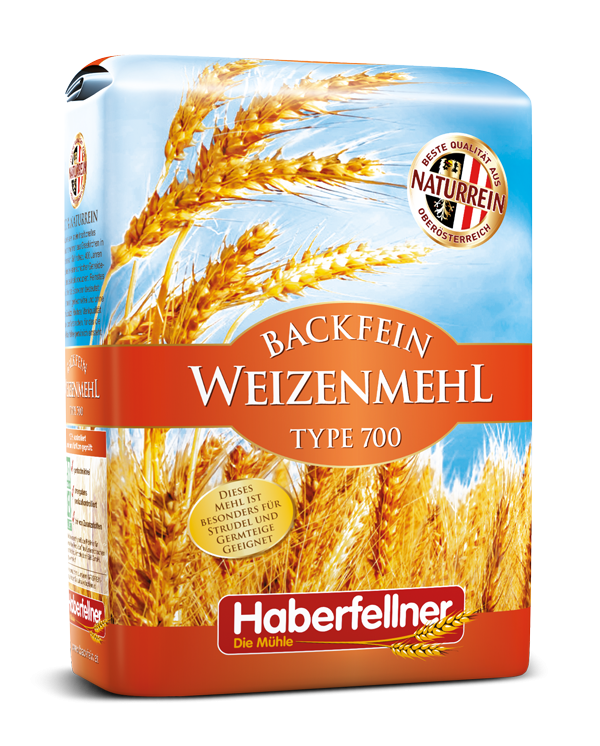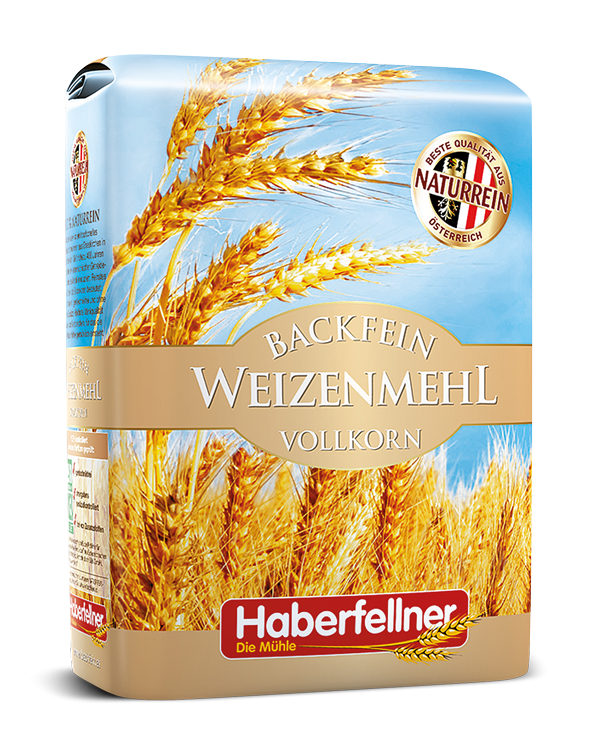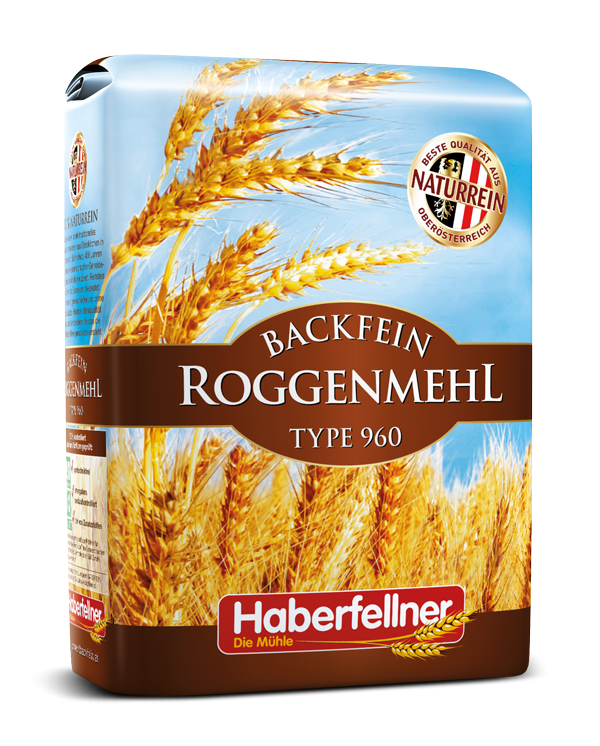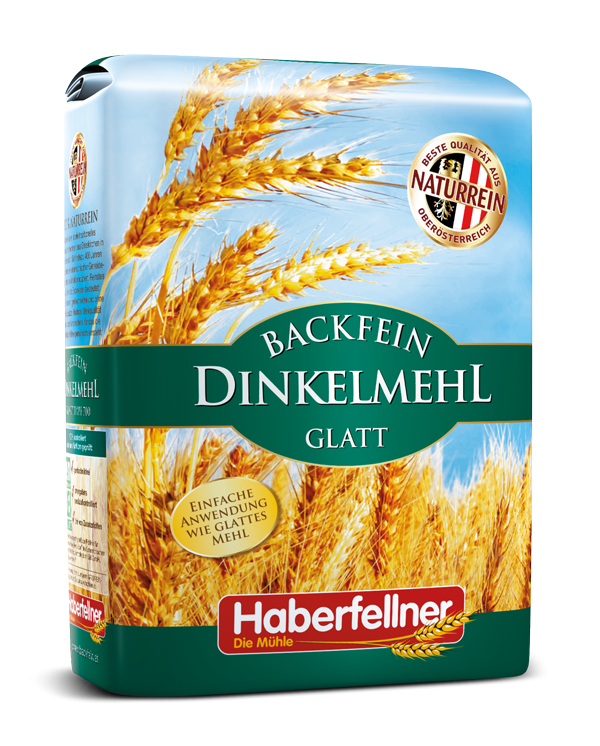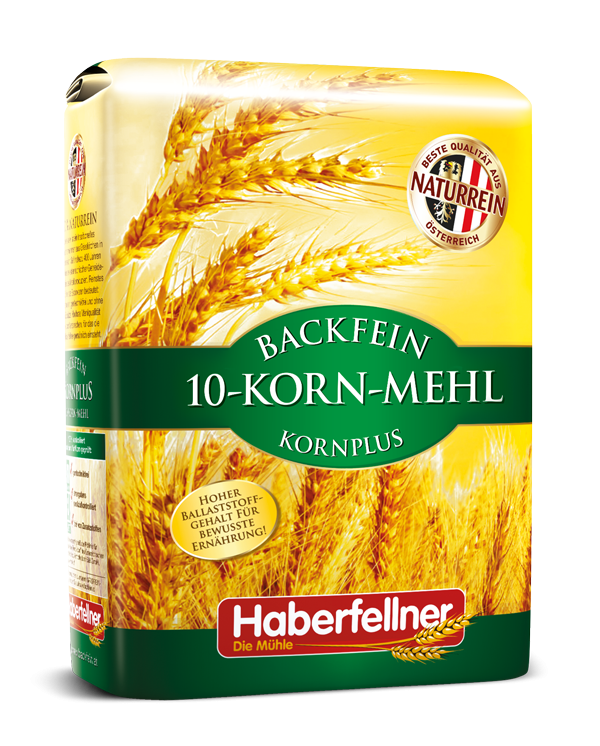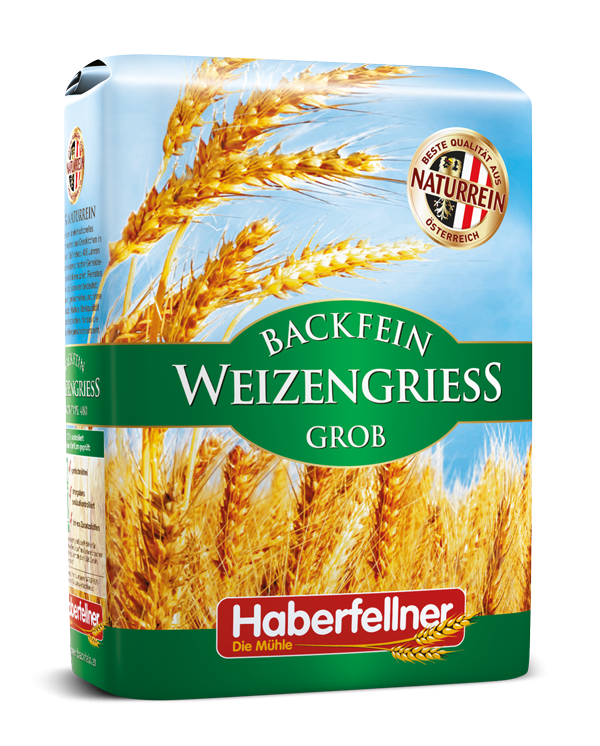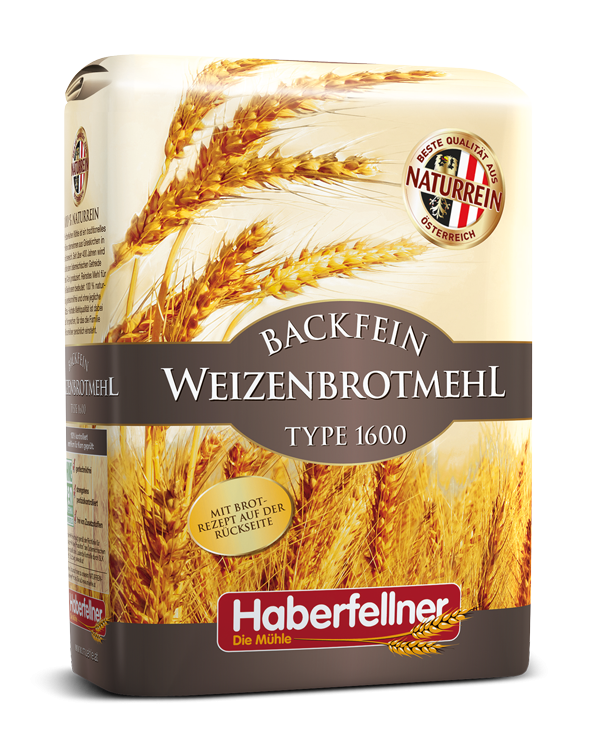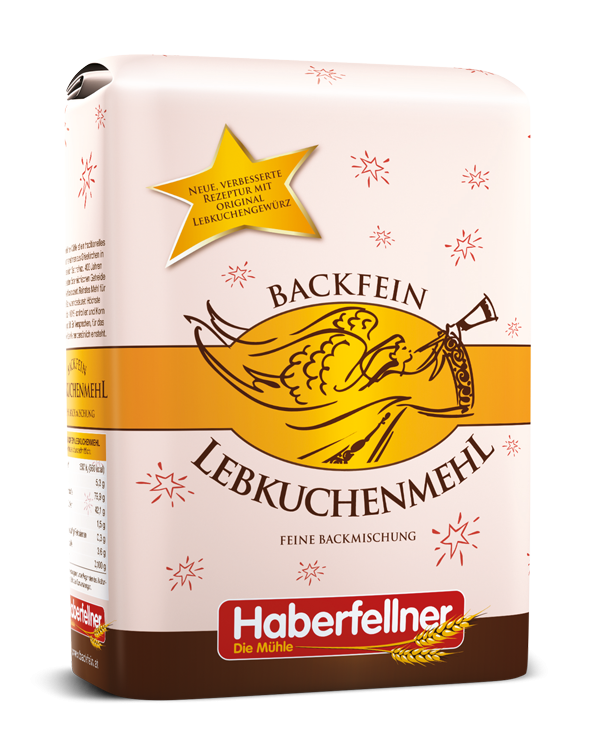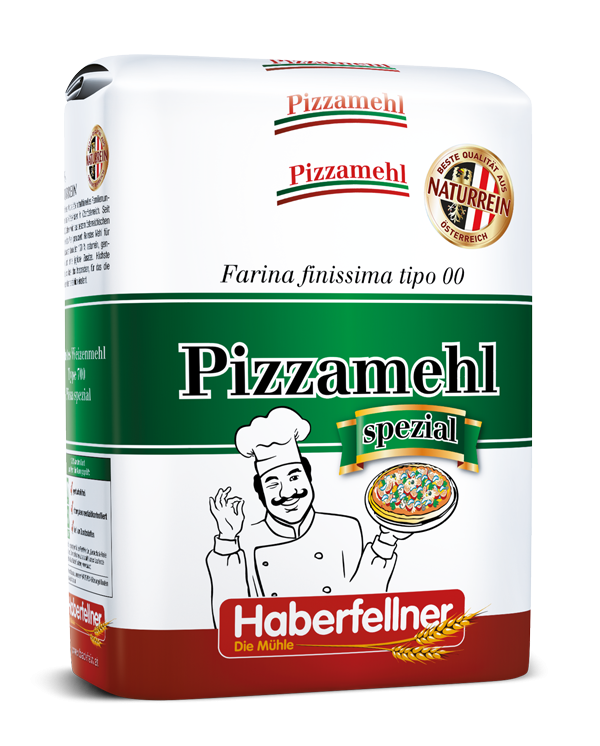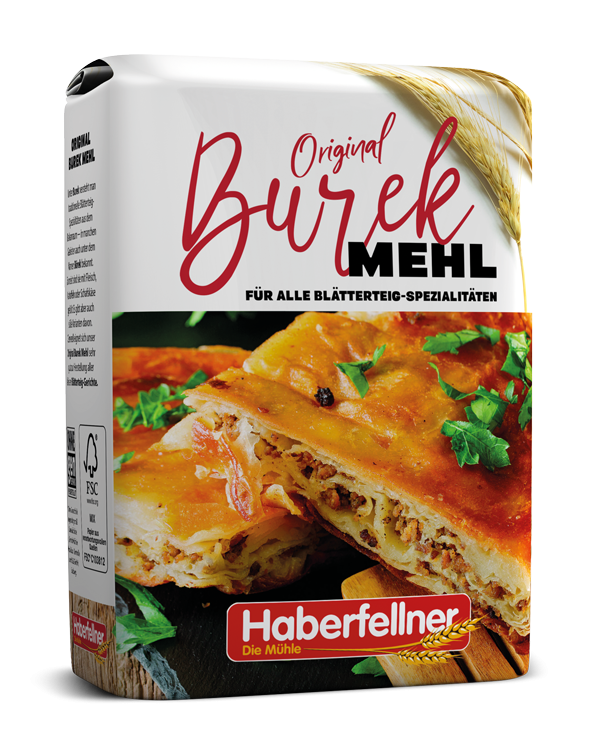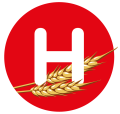All Types of flours
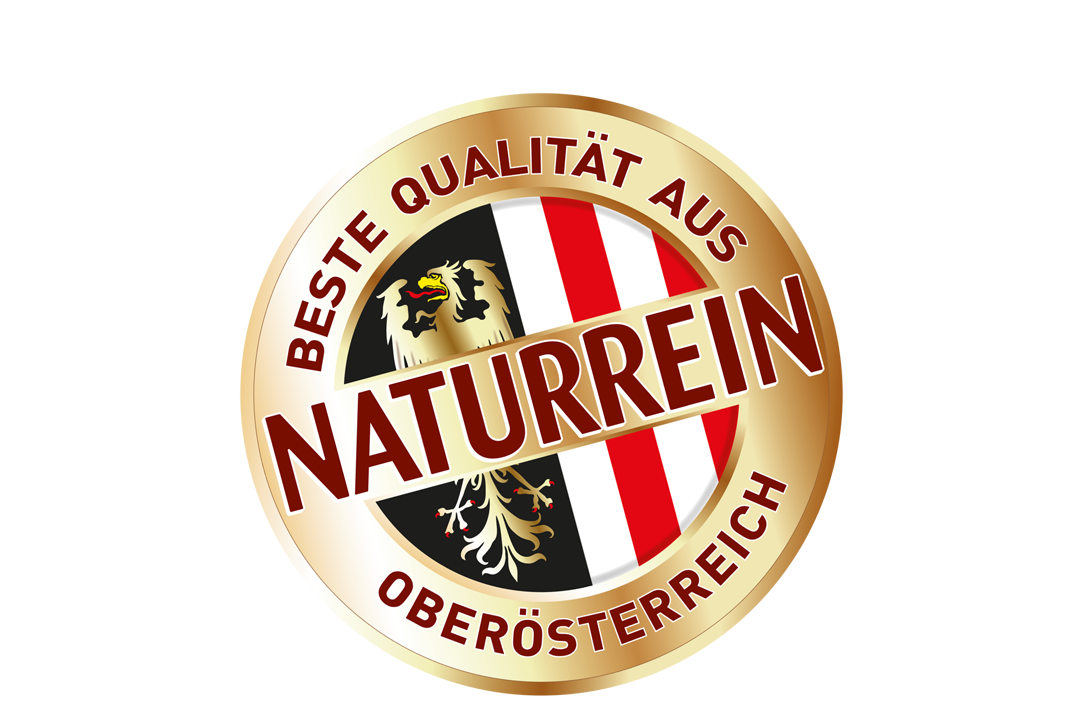
Naturrein Gütesiegel
For over 130 years, the name Haberfellner has stood for the best flour from Austria, which reflects the rich flavour of nature.
Because purest flour means:
- 100% natural,
- produced without genetic engineering and
- without any additives.
All combined in a range that offers the right product for every taste and every application.
The highest flour quality is the promise that the Haberfellner family personally vouches for.
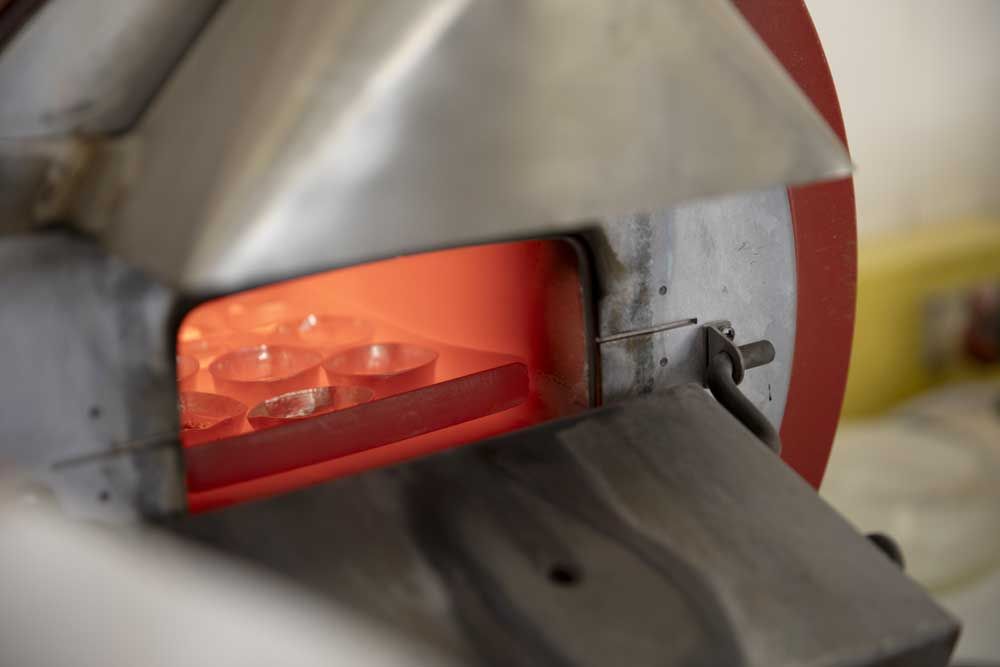
The flour type
Ash is the residue that remains after burning 100 grams of flour at 900 degrees. It indicates the type number. For example, a type 480 flour contains 480 milligrams of ash per 100 grams of flour. However, this ash is not bad, it consists of the hulls of the grain and has a high mineral content. The higher the value, the more nutrients the flour contains. A high type number therefore means that the flour contains a lot of the outer layers of the grain. Conversely, a low number indicates that the outer layers are almost completely absent. The mineral, fibre and vitamin content is therefore much lower. However, the swelling and baking properties are better, and the flour has a longer shelf life. Additional information: Wholemeal flours do not have a type number, as all the components of the cleaned grain are retained.
FOR THE FOOD INDUSTRY
We are not satisfied with anything less
In addition to the purest quality, it is above all the reliability of our flour products that we do not leave to chance. High-quality raw materials, food safety, traceability, and hygiene are important components of our daily production processes.
State-of-the-art technology supports us in this endeavour and enables us to produce flour of the very best quality on a continuous basis:
-
High-tech milling systems and processing methods with fully automatic control
-
Sortex colour sorters check each grain individually for each milling process, grain by grain
-
Impact machines are used to destroy egg deposits of possible pests before storage or packaging
-
Metal detectors protect against contamination with metallic impurities during the production and packaging process
Well planned for more flexibility!
Our customers attach great importance to flexibility in the storage and transportation of our flour products. In order to meet these requirements, we fulfil a number of essential criteria:
-
upstream grain storage for optimum production planning
-
large flour warehouses for ideal flour storage prior to delivery
-
permanent availability of all products via warehouses
-
maximum flexibility thanks to our own fleet of vehicles
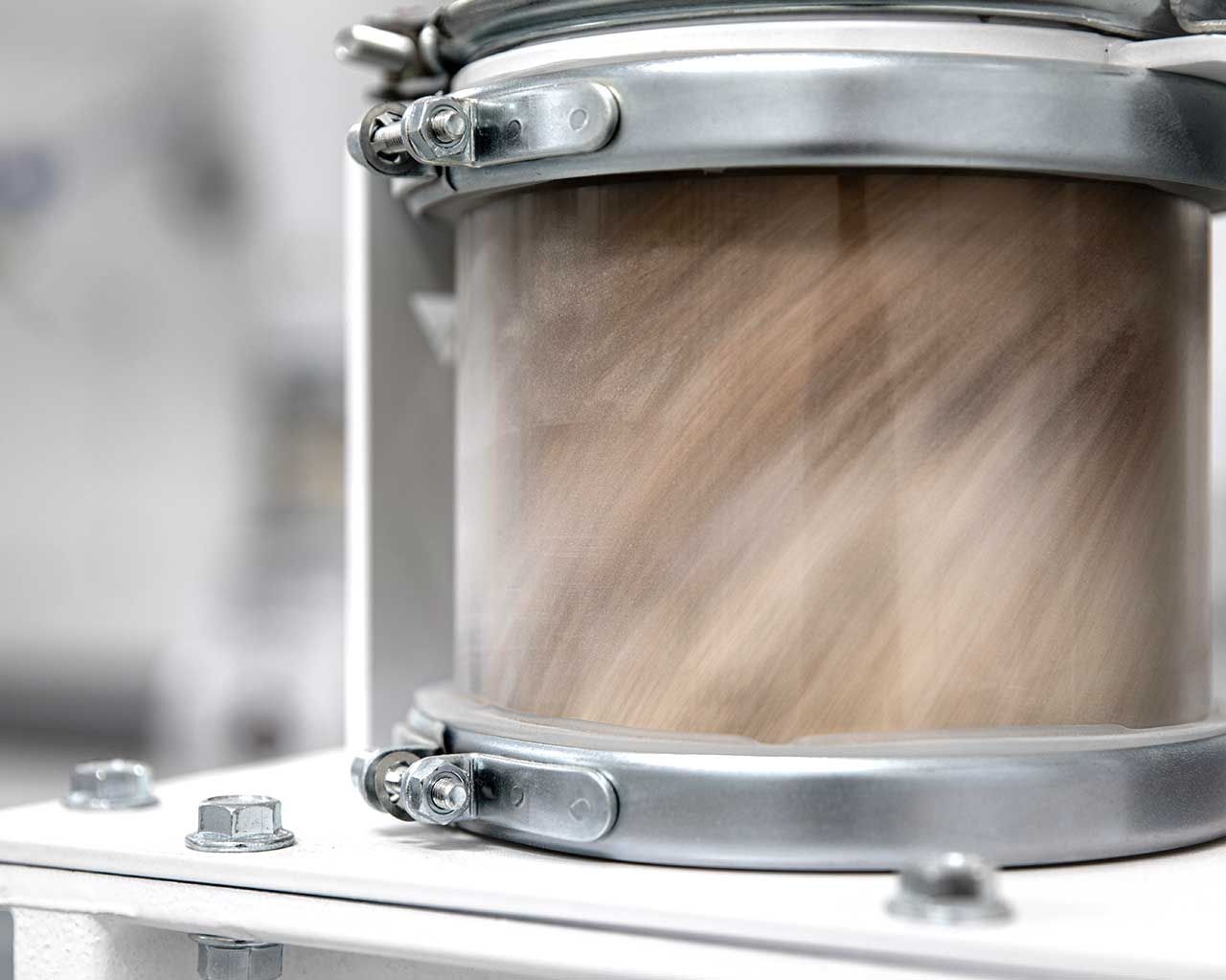
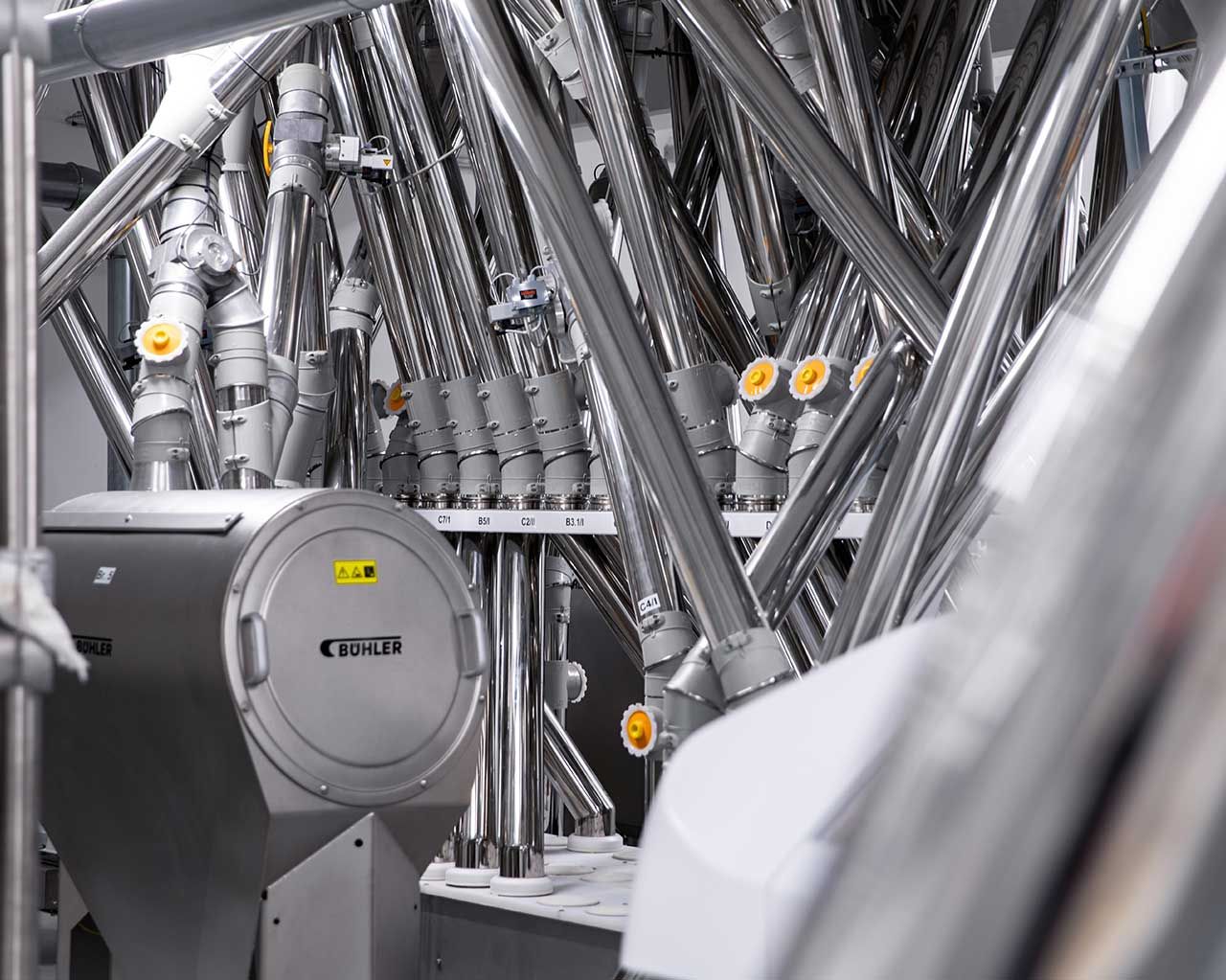

EVERYTHING ABOUT GRAIN
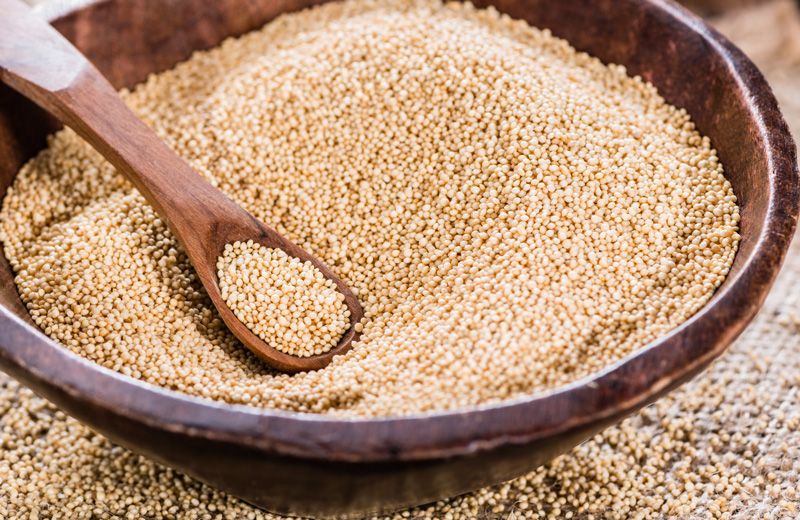
Amaranth
Amaranth is not technically a grain but belongs to the amaranth family (Amaranthaceae). The plant is one of the oldest cultivated crops by humans. It was grown in Central and South America millennia ago. Amaranth was considered sacred by the ancient Incas and Aztecs native to those regions. After the Spanish conquest of their territories in the 16th century, its cultivation was banned by the Europeans. This led to amaranth being forgotten and nearly extinct.
In recent years, amaranth has experienced a renaissance. The small grains are particularly rich in high-quality protein, dietary fibre, essential amino acids, and minerals. None of the “classic” grains can match its nutritional profile.
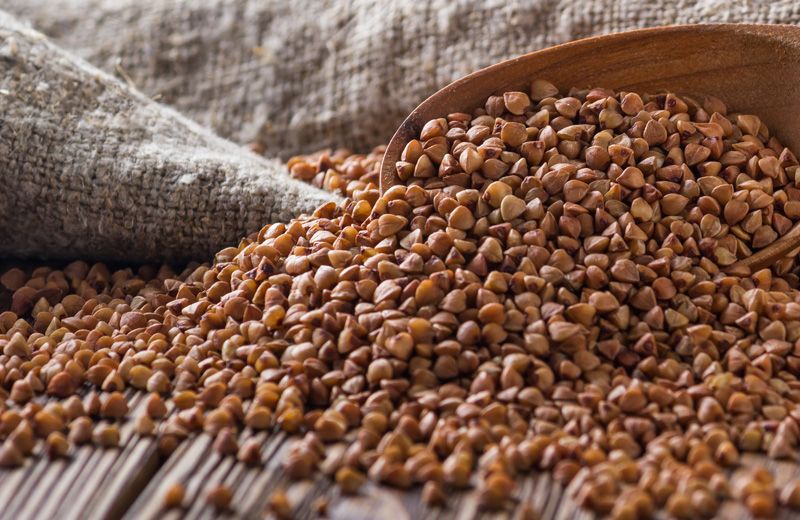
Buckwheat
Buckwheat is not actually a grain. It belongs to the family of knotweed plants. The small, triangular seeds resemble beech nuts in their shape, hence the name “buckwheat”. Originally from Central Asia, buckwheat is now mainly cultivated in the heath soils of Northern Germany and the Netherlands, in Northern Russia, and in France.
Buckwheat grains contain a wealth of minerals, particularly iron and phosphorus, as well as potassium, calcium, magnesium, fluorine, and silicic acid. They also contain vitamins B1, B2, B6, and a significant amount of lecithin. In contrast to grains, buckwheat protein is rich in lysine, an important amino acid for bone growth and other biochemical reactions. Buckwheat is easy to digest and can be used for cooking and baking just like grains.
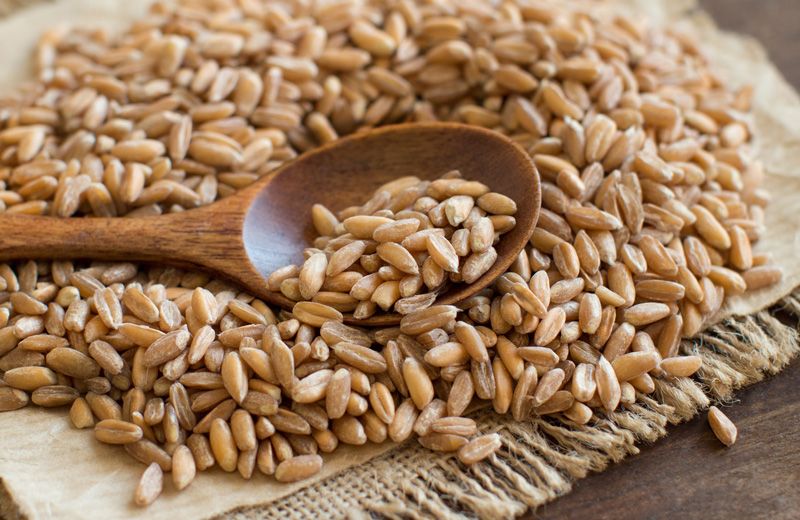
Spelt
Spelt is the ancient form of wheat. It was probably known to the ancient Egyptians. The Celts and the Alemanni also cultivated this undemanding, robust grain that still grows in barren soils. Spelt is valuable for our nutrition because it contains plenty of protein, potassium, phosphorus, and iron.
Bread and pastries made from spelt flour have a particularly hearty, nutty flavour. It can be used for baking and cooking just like wheat. However, the best results are achieved when replacing half of the specified wheat quantity with spelt.
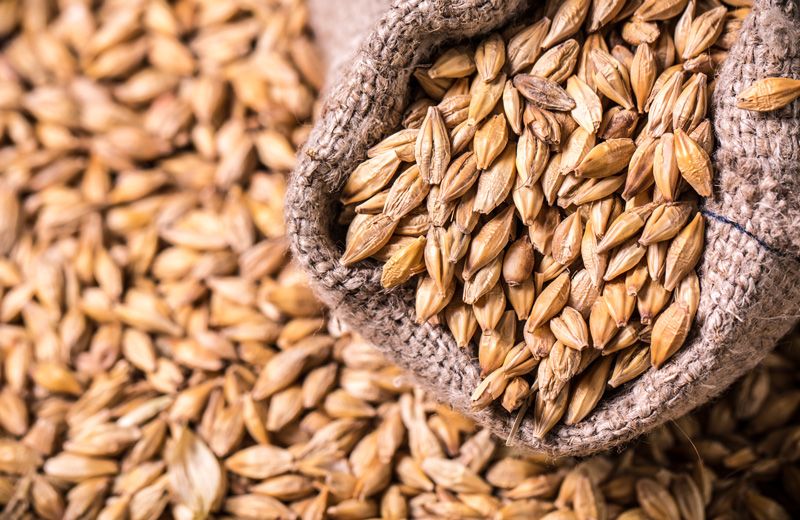
Barley
Barley is also a very old cultivated plant. It probably originates from the Himalayan region. Barley porridge and flatbread made from barley flour were the daily diet of our ancestors for a long time. Barley is also particularly valuable for us.
It is rich in vitamins and minerals, especially potassium, calcium, phosphorus, and silicic acid. It is believed that regular consumption of barley can prevent or improve connective tissue weakness, varicose veins, joint diseases, and damaged intervertebral discs. Barley gruel has a healing effect on stomach and intestinal diseases. In the kitchen, the hull-less “naked barley” is used for cooking and baking.
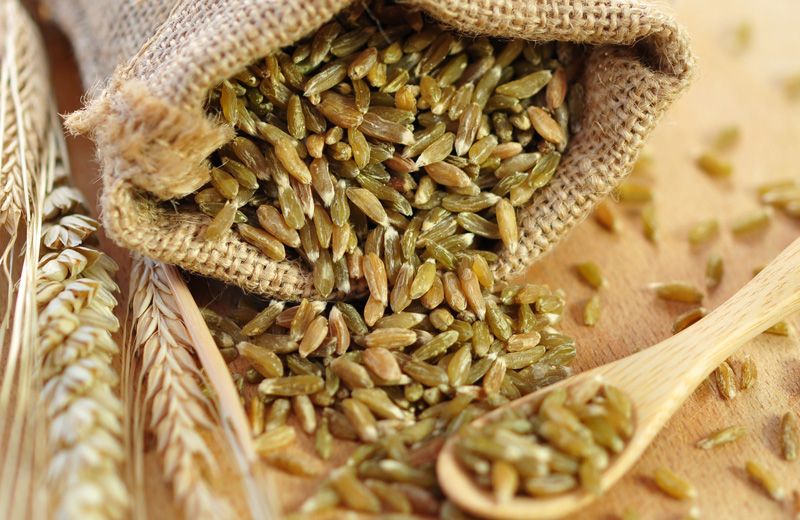
Grünkern/Green spelt
For green spelt production, the spelt is harvested unripe and roasted on special kilns. This gives it a particularly spicy aroma and makes it ideal for preparing soups and cereal dishes. Green spelt is very easy to digest.
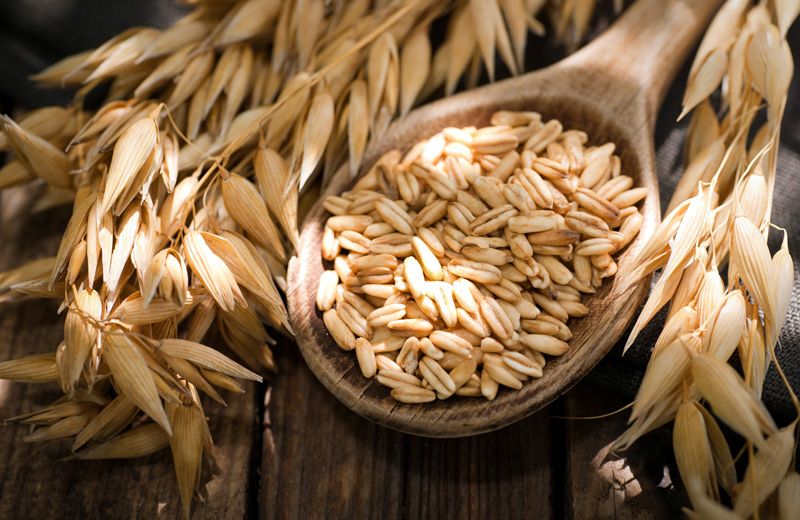
Oats
Oats are a typical type of grain of cool, damp regions. They are primarily cultivated in Northern Europe, Northern Asia, and America. For a long time, they were among the staple foods in Scandinavia and Scotland, where they were used for porridge or bread.
Oats contain a high amount of protein, silicic acid, calcium, phosphorus, and fluorine. It is believed that regular consumption of oats can help prevent joint and spinal disc diseases and protect teeth from cavities. In addition to vitamins E, B1, B2, B6, oats also contain the rare biotin (vitamin H). It is particularly beneficial for the skin and hair.
A diet rich in oats has been found to yield good results for diabetes, and oatmeal has long been valued for relieving stomach and intestinal upset. Recent studies confirm what our ancestors already knew: oats enhance mental and physical performance, reduce fatigue, and contribute to an elevated, almost euphoric mood!
Oats are typically used as groats or flakes in soups or porridge. Oat flour does not contain gluten and is therefore not suitable for baking unless mixed with other types of flour. However, hearty biscuits can be made from oat flakes.
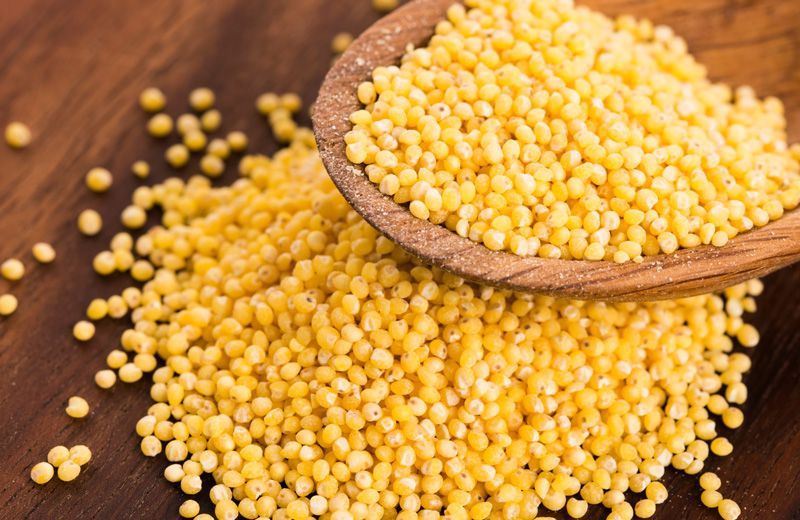
Millet
Millet was a significant food staple in Austria until the 19th century, primarily used as a porridge grain. It was later displaced by potatoes and rice. Oat and rice porridge took its place. Millet thrives in warm conditions and requires little rainfall. Nowadays, the various types of millet are mainly cultivated in Africa, India, and China.
Millet, like other grains, needs to be husked before it is edible. However, hulled millet is still nutritious since its active ingredients are present in the whole grain. Husking may potentially damage the seed, and the seed oil can become rancid during prolonged storage. To avoid a bitter taste, millet should be thoroughly washed before processing.
Millet is the most mineral-rich grain. It contains a high amount of silicic acid (beneficial for skin, hair, and nails), as well as iron and fluorine. It is easy to digest, making it suitable for people with sensitive digestive systems.
Millet does not contain gluten, so it is less suitable for baking but remains an essential component of a gluten-free diet.
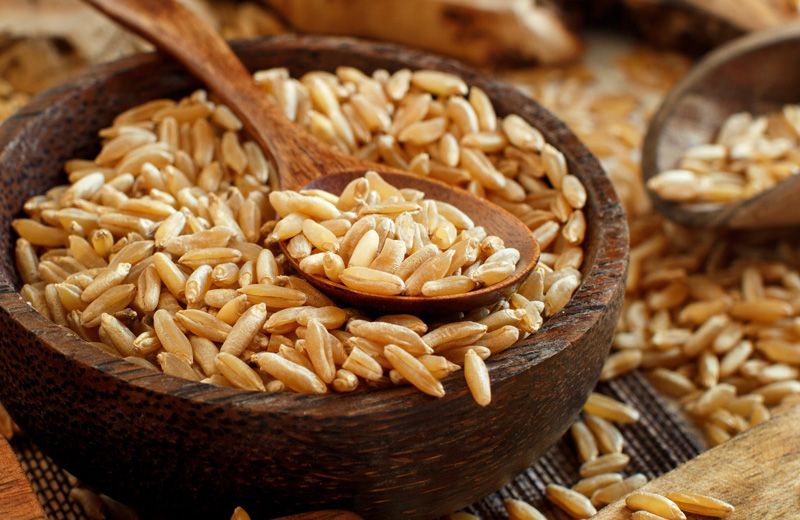
Kamut/Khorasan wheat
Khorasan wheat is an ancient form of wheat, but it contains up to 40% more protein and amino acids, vitamins, and minerals than wheat. American farmer Bob Quinn spent a decade researching and cultivating this particular wheat variety. In 1990, the grain was officially recognized as a new variety by the US Department of Agriculture. “Kamut” is the ancient Egyptian word for wheat. Quinn registered the name Kamut as a trademark.
Kamut should only complement our diet, as this grain is grown in North America. Spelt, which is native to our region, should be preferred.
Like spelt, Khorasan wheat also responds poorly to artificial fertilisers. Therefore, it is not suitable for conventional farming. Due to its high gluten content, Kamut can be used to make light and airy bread and pastries.
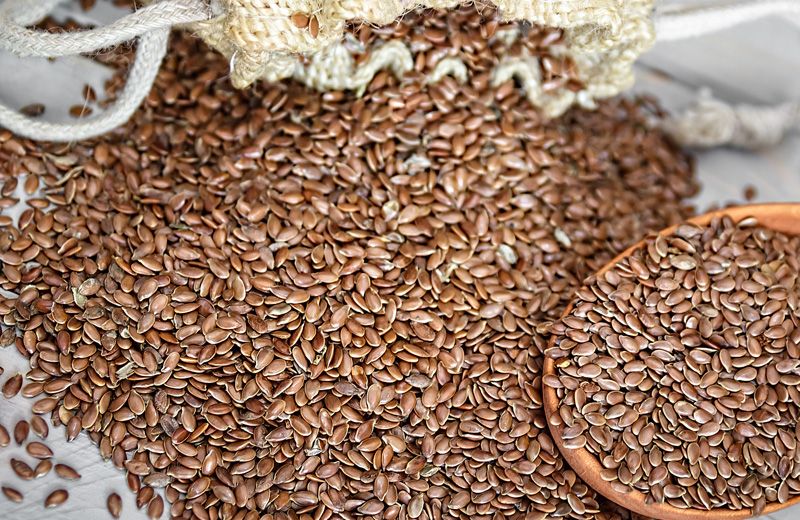
Linseeds
Linseeds are the seeds of the flax plant. It is one of the oldest fibre and food plants. Linseeds contain a high amount of unsaturated fatty acids, B vitamins, vitamin E, and iron.
The fibre and mucilage content of linseeds have a positive effect on intestinal function as well as blood cholesterol levels. Unpeeled linseeds contain approximately 40% dietary fibre with excellent bulking properties.
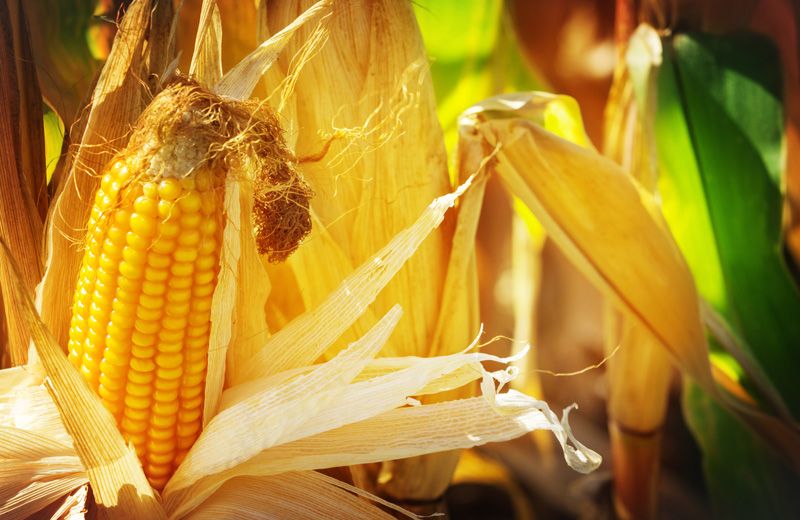
Maize
Maize is believed to originate from Central America and was already a staple food among the Incas, Aztecs, and Mayas. It was first introduced to Europe through the voyages of Columbus. Today, maize, along with rice and wheat, is one of the most widely cultivated types of grains. However, it thrives only in warm climates.
Maize is rich in potassium, magnesium, phosphorus, iron, and silicic acid. However, it lacks certain B-group vitamins. In the kitchen, maize is used as flour, semolina, or grits. Since maize contains little gluten, it cannot be used on its own for bread baking. However, Mexicans make their famous tortillas from it. Cornflour is also used to thicken sauces, soups, and desserts.
In Italy, fine cornflour is mainly used, while in the Balkan countries, grits known as “Kukuruz” are preferred. Different porridge-like dishes can be made from semolina and grits. The “polenta” dishes from Switzerland and Northern Italy are particularly well-known.
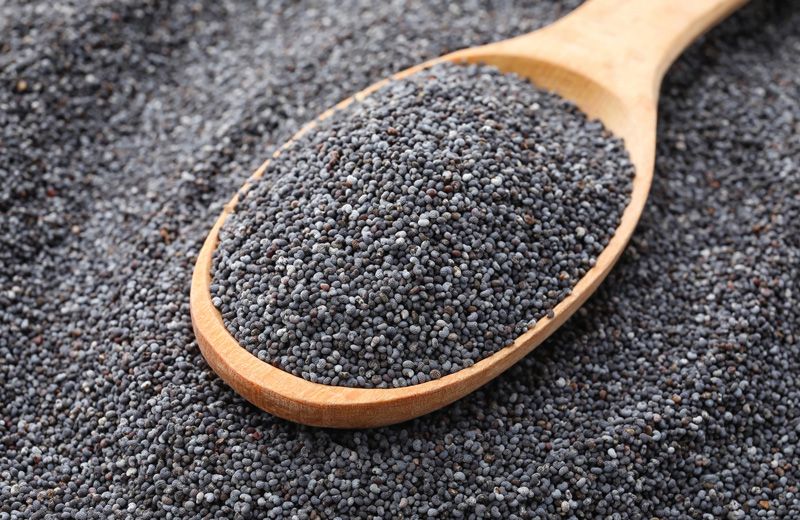
Poppy
Poppy is a medicinal, culinary, and ornamental plant. Opium is extracted from the unripe pods. The ripe poppy seeds are mainly used as raw material for oil. The main cultivation areas for poppy are in Asia.
Poppy seeds contain high-quality protein, numerous B vitamins, approximately 50% dietary fibre, and essential linoleic acid.
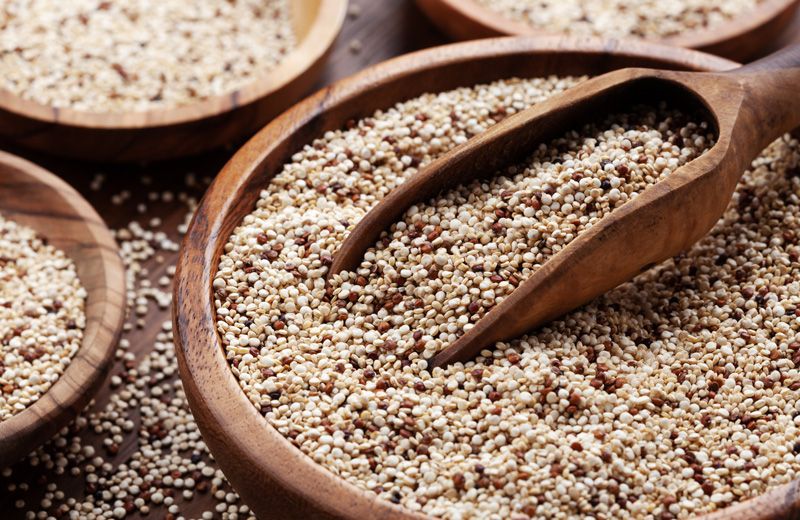
Quinoa
Quinoa is a South American grain crop and is considered the grain of the Incas. Unlike all other grains, quinoa does not belong to the sweet grass family (Poaceae) but is a member of the goosefoot family (Chenopodium). For a long time, quinoa was the staple food in many South American countries. However, it ceased to be cultivated due to Spanish colonisation. Thanks to indigenous peoples, this crop has been preserved to this day.
Quinoa does not have any special soil requirements and is resistant to heat and drought. The grain has a high content of essential amino acids, high-quality protein, and many minerals, especially calcium, phosphorus, and iron. The hull contains natural bitter substances that act as blood thinners. Before consumption, the grain should be washed.
Quinoa is gluten-free and therefore suitable for individuals with celiac disease and gluten sensitivity. Due to its distant cultivation areas and the associated long transportation routes, quinoa should only be included in the diet as a supplement or special feature.
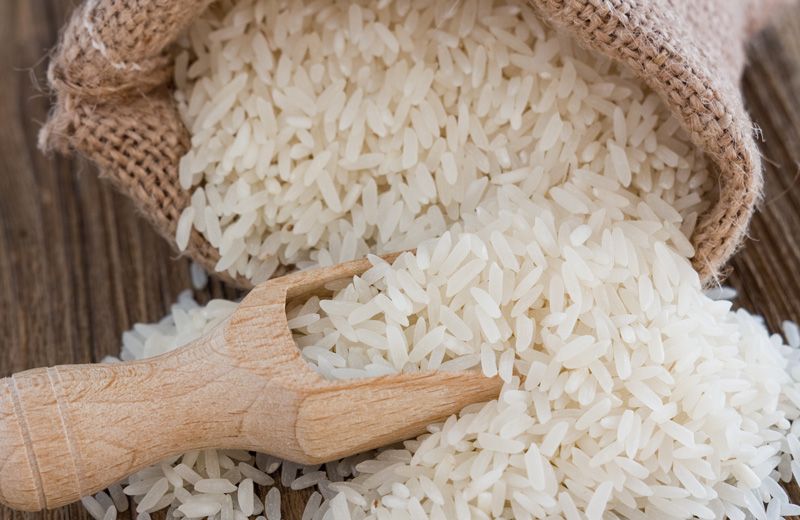
Rice
Rice is an ancient East Asian crop. Today, it is the main staple food for more than half of the world's population. Rice thrives only in tropical climates, as it requires plenty of warmth and soil moisture.
The yellowish-white rice grain is tightly enclosed by a seed coat, which must be mechanically removed. The silver skin underneath remains intact. Whole grain rice, or brown rice, obtained through a particular process, contains a high amount of protein, vitamin E, and essential B-group vitamins. It is rich in potassium, calcium, magnesium, and phosphorus. A low-salt diet with whole grain rice has a strong diuretic effect and is the right diet for rheumatic, heart, and vascular diseases.
Because whole rice is not very long-lasting, rice mills remove the silver skin and germ. To give white rice an attractive appearance, the rice grains are then polished with talcum. It is clear that through this process, the majority of valuable vitamins and minerals are lost. Therefore, only the more valuable whole grain rice should be used in our kitchen. Not only does it taste much more flavourful, but it also remains grainier when cooked compared to polished rice.
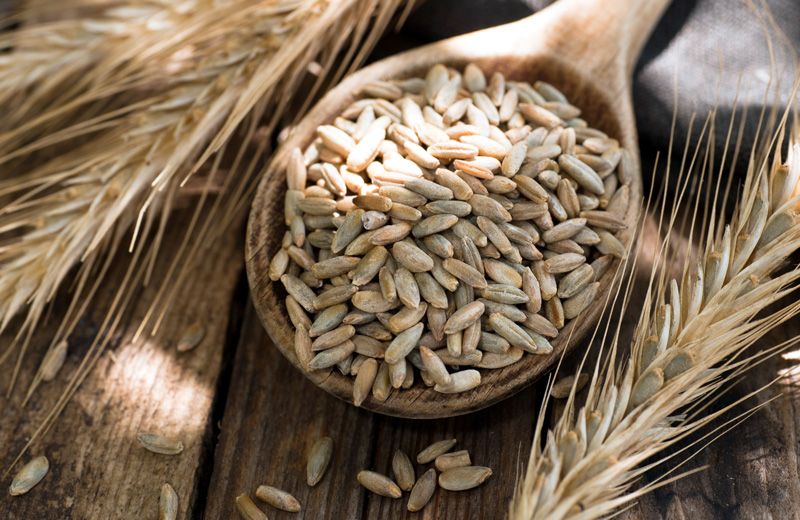
Rye
Rye originates from Anatolia. Since it thrives on undemanding soil and in colder climates, it became one of the most important types of grains in Northern and Central Europe.
Rye is mainly processed into bread, either alone (rye bread) or mixed with wheat (brown bread). Rye contains many B-group vitamins and minerals, especially potassium, fluorine, phosphorus, silicic acid, and iron.
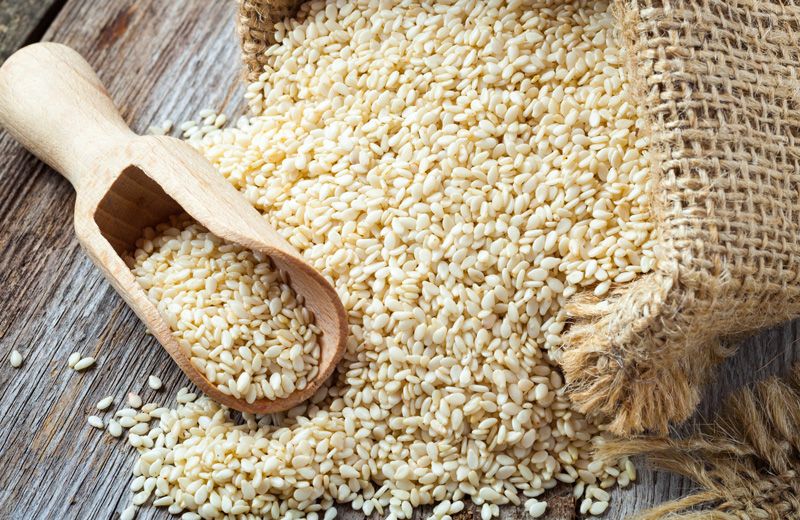
Sesame
Sesame is an annual oil plant cultivated in Africa, as well as in Central and South America. Sesame seeds contain abundant amounts of vitamins E, B1, B2, provitamin A, unsaturated fatty acids, and minerals such as calcium, magnesium, and iron. Additionally, sesame has a high content of lecithin, which strengthens nerves and reduces cholesterol.
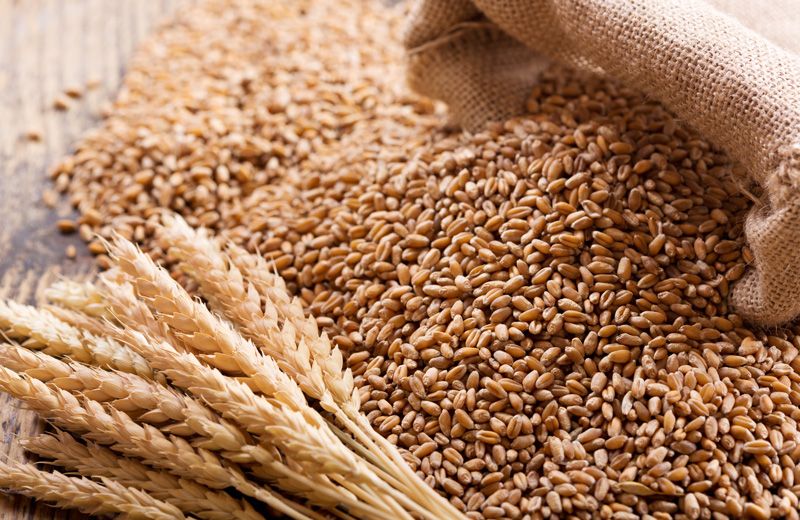
Wheat
Wheat likely originates from the Mediterranean region and has been known in Europe since ancient times. Due to its versatility, it plays a similar role in our diet as rice does in Asia. Over time, it has overshadowed other types of grain. Even in the previous century, bread made from white wheat flour was considered a symbol of wealth and was only baked on special occasions in poorer areas.
There are several varieties of wheat, each used differently. Durum wheat is used to make pasta and semolina. Common wheat is better suited for baking flours. Wheat contains 11 - 13% protein, including gluten protein. Additionally, wheat is enriched with vitamins B1, B2, B6, and carotene (a precursor of vitamin A), as well as potassium, phosphorus, magnesium, and silicic acid.


